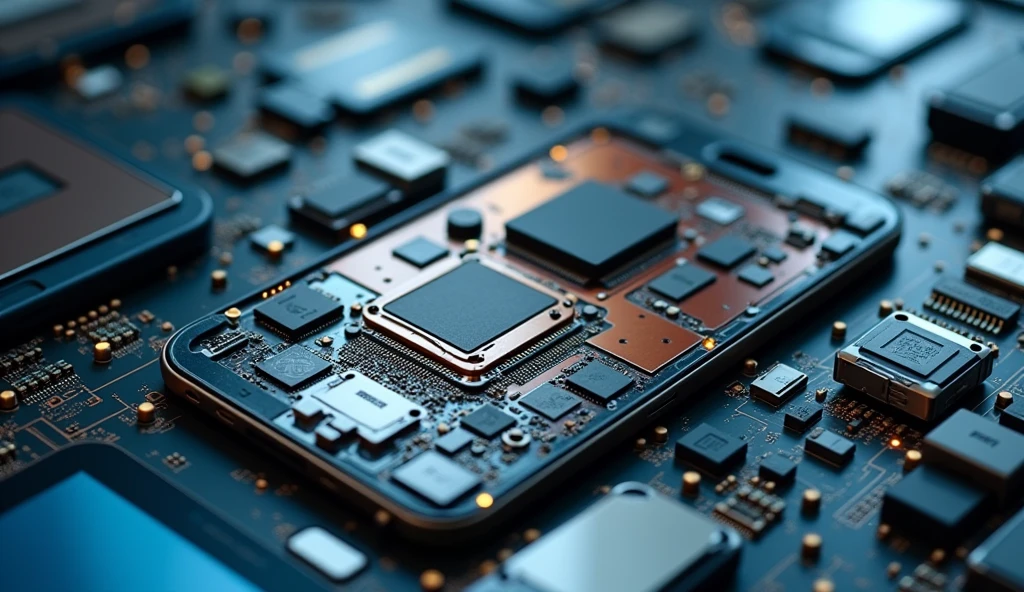Mobile phones are manufactured through a complex process that involves multiple

Generation Data
Records
Prompts
Copy
Mobile phones are manufactured through a complex process that involves multiple stages
,
from design and prototyping to mass production
.
Here's an overview of the main steps involved in mobile phone manufacturing:
### 1
.
**Design and Prototyping**
- **Concept and Design:** The process begins with the design phase
,
where the phone's features
,
specifications
,
and aesthetics are decided
.
Engineers and designers work together to create a blueprint for the device
.
- **Prototyping:** A prototype is created to test the design
,
materials
,
and functionality
.
This step helps in identifying any issues before mass production
.
### 2
.
**Sourcing Materials**
- **Raw Materials:** Mobile phones require various materials
,
including metals like aluminum and copper
,
rare earth elements
,
plastics
,
and glass
.
These materials are sourced from suppliers around the world
.
- **Components:** Components such as processors
,
memory chips
,
displays
,
batteries
,
cameras
,
and sensors are sourced from specialized manufacturers
.
Companies like Qualcomm
,
Samsung
,
and Sony supply key components for many devices
.
### 3
.
**Assembly of Components**
- **PCB Manufacturing:** The Printed Circuit Board (PCB) is the heart of the mobile phone
,
connecting all the electronic components
.
The PCB is manufactured and populated with microchips
,
resistors
,
capacitors
,
and other electronic components through processes like surface-mount technology (SMT)
.
- **Component Assembly:** The individual components
,
such as the processor
,
memory
,
and sensors
,
are attached to the PCB
.
Automated machines are often used for precision and efficiency
.
- **Display and Battery Assembly:** The display screen and battery are integrated into the phone's frame
.
The display assembly is particularly delicate
,
requiring precision to ensure it functions correctly
.
- **Final Assembly:** The phone’s casing is assembled
,
enclosing all the components
.
The buttons
,
camera modules
,
and other external parts are added
.
INFO
Checkpoint & LoRA

Checkpoint
SeaArt Infinity
#SeaArt Infinity
0 comment
0
0
0









